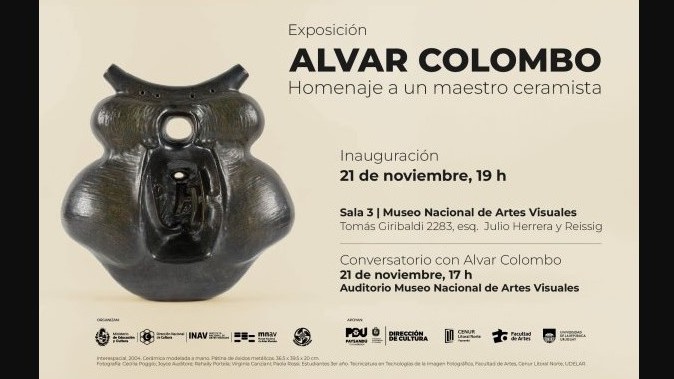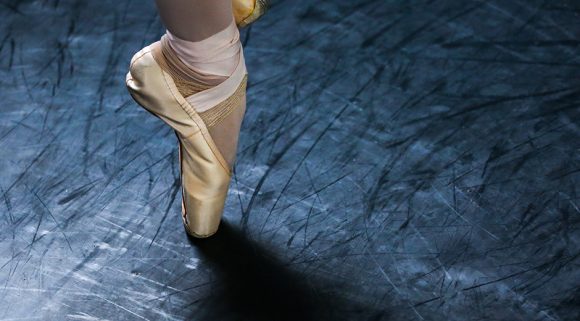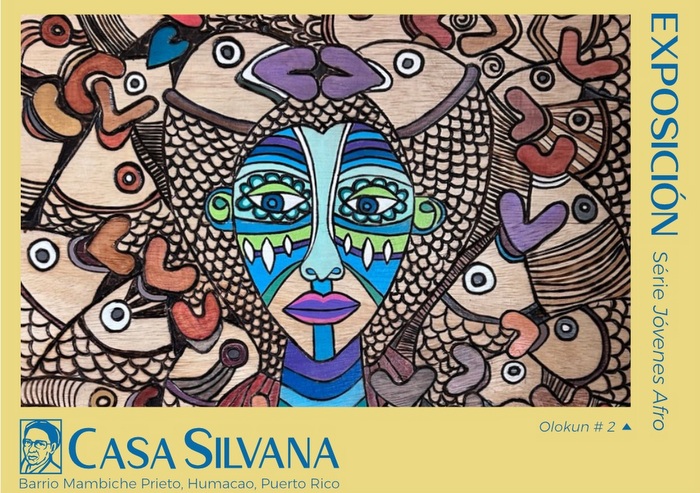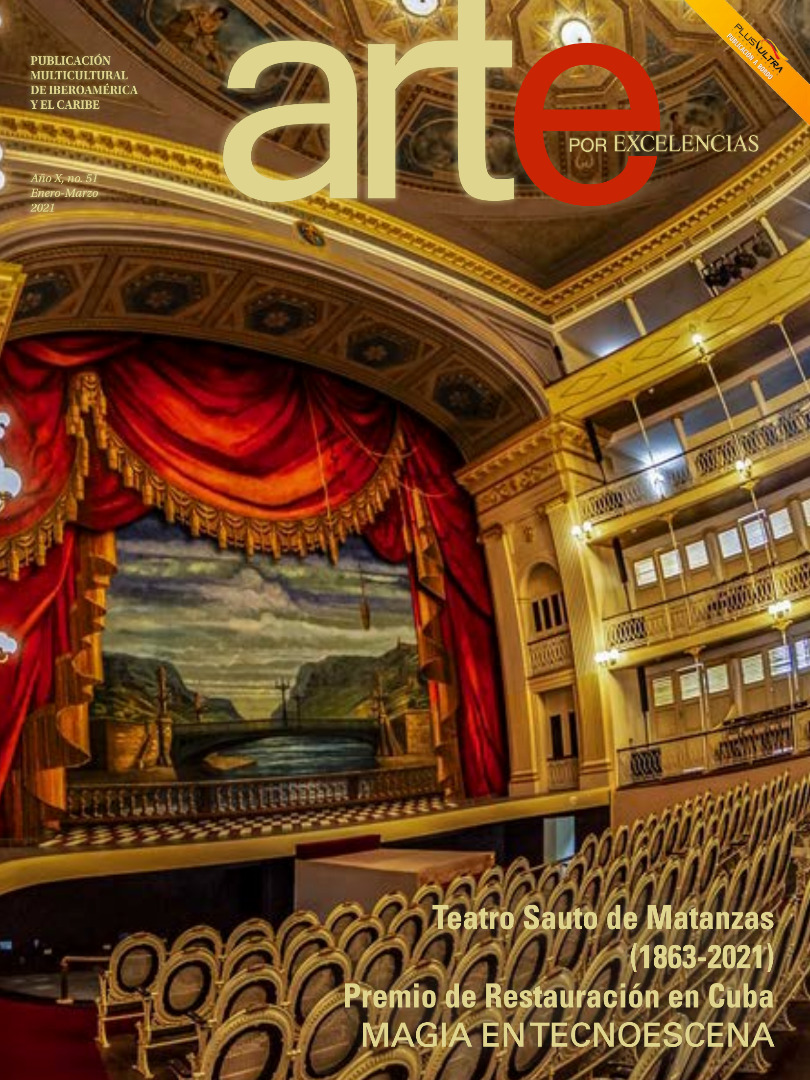

Reynerio Tamayo’s Gangsters en La Habana can be admired among the exhibitions of Cuban artists showcased at La Cabaña since last Thursday, one of the venues of collateral exhibitions in the 11th Biennial. Tamayo tackled some of the keys of this proposal during a brief dialogue with Arte por Excelencias.
«I’m exhibiting at La Cabaña a series that I have been working on for three years. It’s all about representing these characters from the underworld, who were authentic delinquents, but also mythical beings, famous within that world», he explains.
Tamayo follows a line that –within other contexts– approaches those gangsters as «protagonists of popular culture», because these characters «have been taken to the big screen, black literature, movies, TV series …». However, he points out, «just a few people in Cuba have contacted them ».
Gangsters represented values that were totally against those promoted by the Cuban Revolution since 1959, «there has been a sort of taboo» around this matter, Reynerio notes, though in recent times –and in small scale– it has appeared in the proposals of some creators.
The series installed by Tamayo at La Cabaña’s Pavilion D-17 «is fiction», he warns, and there is no intention of documenting the lives of its referents.
Reynerio Tamayo and Yadier Perez at the opening ceremony of CAOS
«I take these characters and join them to my metabolism, my head and everything that comes to my mind», he says, while recommends his proposal as a «very enjoyable» option, conceived to «make the people laugh», from ideas that «are not so transcendental».
On the use of comic language to tackle the underworld issue, he explains that that expression has been one of the most recurrent when it comes to reflecting the appearance and incidents linked to gangsters.
«The beginning of my career has a lot to do with humor. I come from the comic, cartoons, graphic humor. Then I study in the academy and learns tons of things», he adds, while points out pieces of the series that remind the aesthetics of comics or Japanese manga, some referents to sport graphic and other «more serious», in which Tamayo shows his drawing skills.
But he insists in the ludic approach that characterizes this proposal: «is a series to have fun, to have a good time».
Publicaciones relacionadas
Maikel Dinza estrena su nuevo sencillo "La magia del corazón"
Noviembre 22, 2024
"Alvar Colombo: homenaje a un maestro ceramista" en el MNAV
Noviembre 20, 2024













